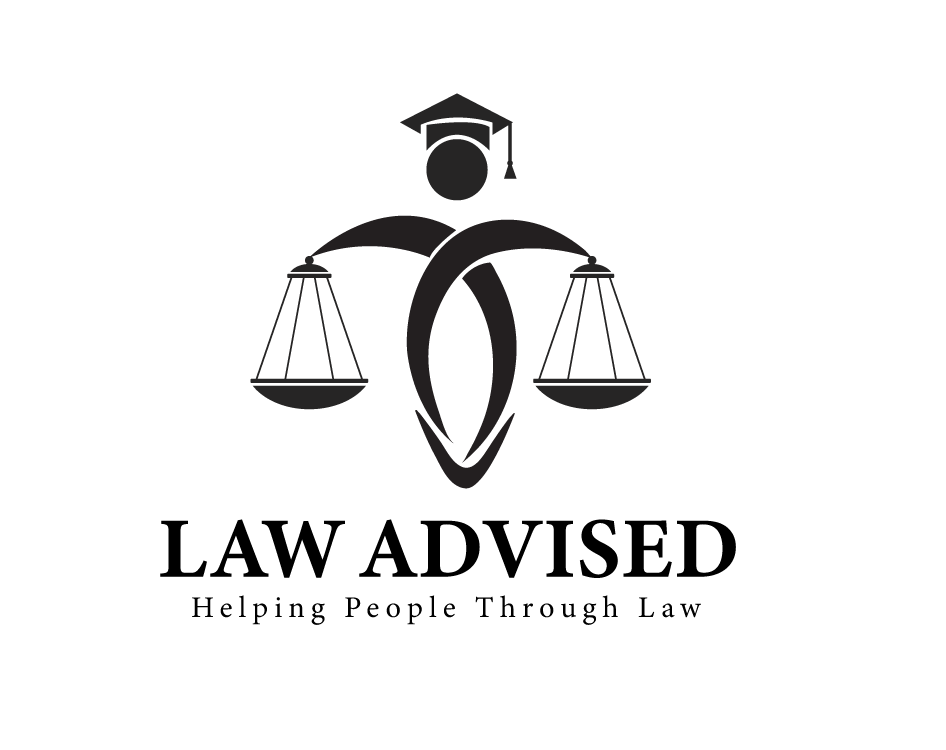Getting a mortgage can be an exciting and important step towards owning your own home. However, one aspect of having a mortgage that can sometimes be confusing is the concept of escrow. Escrow refers to the account that your mortgage lender sets up to hold funds for property taxes and homeowner’s insurance. While having an escrow account can offer convenience, some borrowers may prefer to handle these payments themselves. In this article, we will explore how you can get rid of escrow on your mortgage.
Understanding Escrow
Before we dive into the steps to removing escrow, it’s essential to understand why lenders require it in the first place. Mortgage lenders typically require an escrow account to ensure that a homeowner’s property taxes and insurance premiums are paid. This protects the lender’s investment in case the homeowner fails to make these payments.
An escrow account is set up at closing, and a portion of your monthly mortgage payment goes towards funding it. The lender then uses the funds in the escrow account to pay for your property taxes and insurance premiums on your behalf.
Pros and Cons of Escrow
While escrow offers convenience by spreading out payments throughout the year, it’s essential to consider both the pros and cons before deciding if escrow is right for you.
Pros:
- Simplified budgeting: With escrow, you make one payment to your lender, who then handles your property taxes and insurance premiums on your behalf.
- Protection against missed payments: Escrow ensures that your property taxes and insurance premiums are paid on time, reducing the risk of late fees or penalties.
Cons:
- Limited control: With escrow, you may experience a loss of control over your property tax and insurance payments.
- Potential overpayment: Your lender estimates your property tax and insurance costs, which could result in overpayment if the actual costs are lower.
Steps to Getting Rid of Escrow
If you decide that managing your property taxes and insurance premiums is the right choice for you, here are the steps you can take to get rid of escrow on your mortgage:
Step 1: Review Your Mortgage Agreement
Start by reviewing your mortgage agreement to understand if there are any restrictions or limitations on removing escrow. Look for language related to escrow cancellation or removal. If you are unsure about the terms, it’s best to consult with your mortgage lender.
Step 2: Determine The Requirements For Removal
Contact your lender and inquire about their specific requirements for removing escrow. Each lender may have different criteria, and it’s crucial to understand what documents or steps are necessary to proceed.
Step 3: Confirm Your Eligibility
Ensure that you meet the lender’s eligibility criteria for removing escrow. Common requirements may include a good payment history, a minimum loan-to-value ratio, and maintaining a certain credit score. It’s vital to have all your financial documents in order to support your eligibility.
Step 4: Obtain An Appraisal
In some cases, lenders may require an appraisal to remove escrow. This appraisal will determine the current value of your home, which factors into your eligibility. Hire a licensed appraiser to conduct the appraisal and provide the necessary documentation to your lender.
Step 5: Pay Off Outstanding Obligations
Before removing escrow, ensure that you have paid all outstanding property tax and insurance bills. Lenders will want confirmation that these obligations are current before considering the removal of escrow.
Step 6: Provide Proof Of Insurance
If you plan to remove escrow for insurance payments, you will need to provide proof of insurance coverage. Contact your insurance provider and request the necessary documentation to submit to your lender.
Step 7: Submit A Formal Request
Once you have completed all the necessary steps and gathered the required documents, submit a formal request to your lender to remove escrow. Be prepared for a review process, which may include additional requests for documentation or information.
Considerations Before Removing Escrow
While removing escrow can offer more control over your property tax and insurance payments, it’s essential to consider a few factors:
- Ability to budget: Make sure you have the discipline to set aside money each month for your property taxes and insurance premiums.
- Financial organization: Keeping track of important due dates and payment amounts is crucial to avoid penalties or missed payments.
- Risk tolerance: Assess your comfort level with the potential risks associated with handling your own tax and insurance payments.
Frequently Asked Questions Of How To Get Rid Of Escrow On Mortgage: Simple Steps To Break Free
How Can I Remove Escrow On My Mortgage?
To remove escrow on your mortgage, contact your lender to discuss the process and requirements.
What Are The Benefits Of Removing Escrow On A Mortgage?
Removing escrow on a mortgage gives you more control over your own funds and allows you to manage your account independently.
Is It Possible To Remove Escrow On An Existing Mortgage?
Yes, it is possible to remove escrow on an existing mortgage by following the necessary steps and fulfilling the lender’s requirements.
What Documents Do I Need To Provide To Remove Escrow On My Mortgage?
Typically, you may be asked to submit documents such as proof of insurance coverage, tax payment records, and a written request to remove escrow.
Conclusion
Getting rid of escrow on your mortgage can offer a sense of control over your property tax and insurance payments. By understanding the steps involved and considering the pros and cons, you can make an informed decision about whether removing escrow is the right choice for you.
Ismail Hossain is the founder of Law Advised. He is an Divorce, Separation, marriage lawyer. Follow him.

Leave a Reply